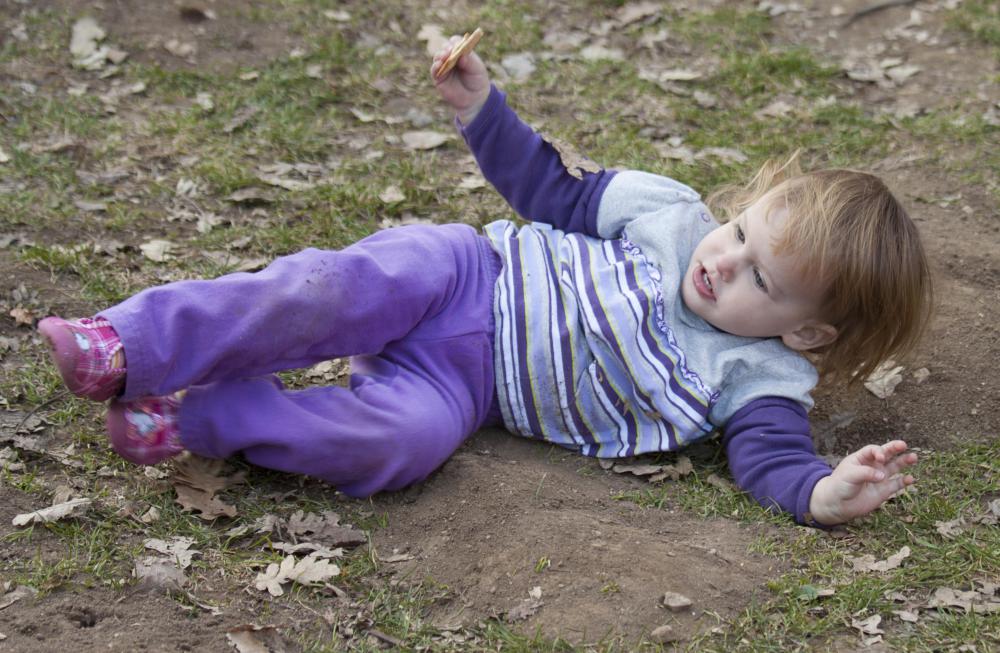At WiseGEEK, we're committed to delivering accurate, trustworthy information. Our expert-authored content is rigorously fact-checked and sourced from credible authorities. Discover how we uphold the highest standards in providing you with reliable knowledge.
What Causes an Avulsion Fracture?
An avulsion fracture is a type of bone injury in which a small piece of bone known as a fragment breaks away from the rest of the bone. A consequence of a fall or other impact injury or of an abrupt pulling of tissue away from the bone, an avulsion fracture tends to damage the small protrusions of bone to which ligaments or tendons attach. Typically seen in athletes who jump or land explosively, one example of this type of injury is an avulsion of the tibial tuberosity, the small swelling on the tibia bone felt just below the kneecap. A sudden and violent extension or straightening of the knee joint can cause the patellar ligament, which connects the patella or kneecap to the tibial tuberosity, to pull so hard away from the bone that it breaks the tuberosity right off.
Most commonly occurring in the lower body, an avulsion fracture is seen in areas like the pelvis, knee, and ankle where the major muscles of locomotion attach. The ischial tuberosity in the hip, for instance, a bony prominence in the lower pelvis on the ischium bone, is a potential site of an avulsion fracture. This is because the large muscles of the hamstring group on the back of the thigh attach here via strong tendons.

As the hamstrings can be very tight, a sudden overstretching of the muscles can overpower the body’s stretch reflex, a neurological constraint that is placed on muscles to prevent stretching to the point of tearing. This reflex causes them to spring back before they become overstretched. In the case of very sudden and explosive movements, however, especially in the untrained individual, the stretch reflex can become overwhelmed.

The resulting force can create such a strong pull on the muscles’ attaching tendons that the tuberosity or protrusion to which they attach breaks off from the rest of the bone. An avulsion fracture caused by a powerful muscle contraction such as this is more likely in children, however, than in adults. In adults, the tendon typically absorbs the force and it is the tendon that tears, not the bone. A child’s still-developing bones may not be able to withstand the pull on the protrusion by the tendon, and an avulsion fracture is the result.

Avulsion fractures may also be caused by bone pulling away from bone via their connecting ligaments. At the ankle joint, for instance, the bones of the shin and talus bone in the ankle are joined by several powerful ligaments. A forceful overstretching of these ligaments as experienced during an ankle sprain may break off a small piece of bone at the place where the ligaments attach. Typically, this type of injury is treated the same as a muscle tear or ligament sprain — with rest, ice, and compression like any soft tissue injury — and therefore surgery is not required unless the bone is pulled a considerable distance away from the injury site.
AS FEATURED ON:
AS FEATURED ON:

















Discuss this Article
Post your comments